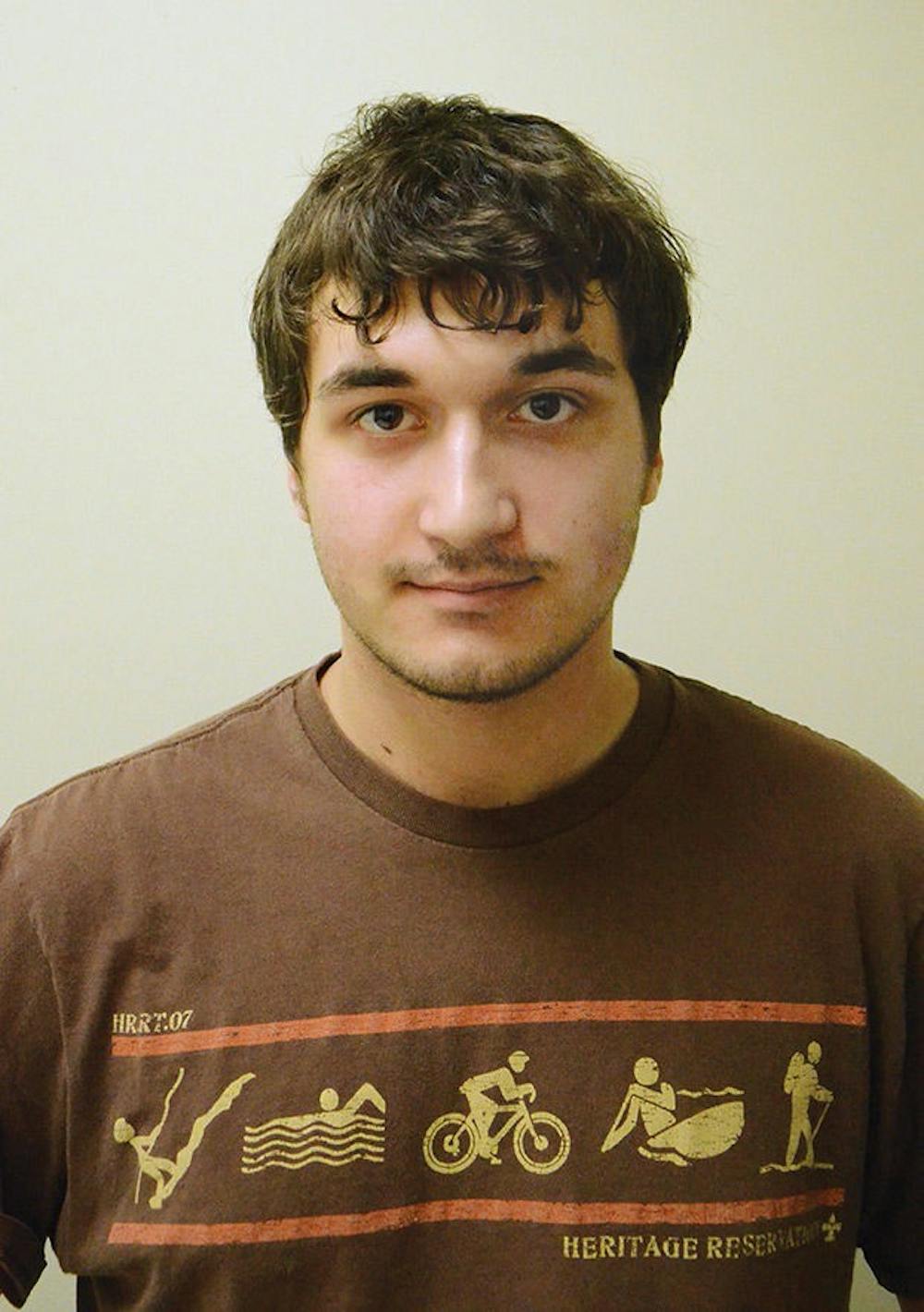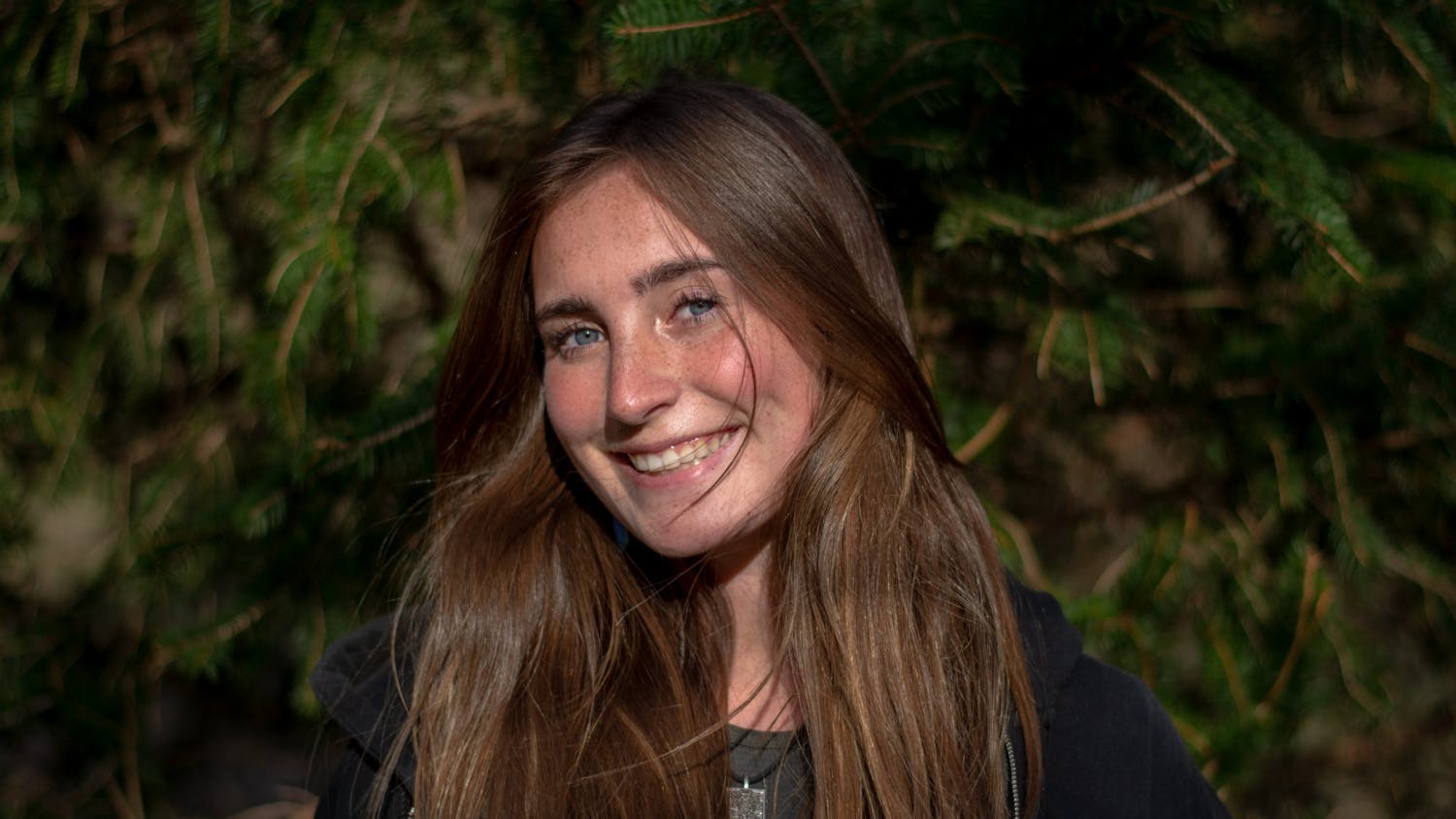Through a "30 Days of Horror" Challenge, Will Ashton discovered that horror films are rarely good.
For the past couple Octobers, I have attempted the “31 Days of Horror” challenge. I don’t stand to gain anything from this. But, much like “No Shave November,” I think it’s fun, and it lets me catch up on some classic and new horror movies.
Unfortunately, I usually let time and work get ahead of me, so I only get about five or so in and then sneak one more in on the day before All Saint’s Day. But this year, I’ve been working successfully up to the challenge, creeping in everything from the original Night of the Living Dead to Strippers vs. Werewolves. The latter should explain the type of company I parade around.
Along the way, I’ve found some good gore, half-decent scares, and even some odd parallels to movies I have watched in and out of the challenge. For example, I saw two movies this week that dealt with metaphors to newlyweds struggling with the concept of parenthood. One was very thoughtful and subdued (Gone Girl), while the other dealt with a guy who has a monster coming in and out of his butt (Bad Milo!).
But, in getting to my initial point, this month-long hobby has allowed me to explore the state of horror as we know it. You see, it’s really easy to make a horror movie. But all things considered, it’s hard to make a good one. Successful horror relies on more than guys in masks creeping around in the forest with an ax. There needs to be a plot, a motive, suspense and atmosphere.
The beauty of horror can be that you don’t really need a deep plot or deep characters to work. Look at the original Texas Chainsaw Massacre or even the original Halloween. As long as you have a strong understanding of the atmosphere, tone, story and (at least) one or two characters’ motives, you can put together a half decent scary film.
But not every horror movie needs to be in the same mold, and, in fact, they shouldn’t. Part of the reason why I’ve heard that the new horror movie Annabelle failed is because it cripples itself to the formulaic storytelling of past, greater movies. I haven’t seen it yet, but I understand why this may apply.
While last year’s The Conjuring successfully fused the atmospheric filmmaking of movies past, that film aided itself through a filmmaker extremely well-versed in what makes horror click and ended up making a really successful film through his competence. It’s really easy to tell when someone is doing something authentic and when someone is just copying off of others.
These days, the horror game seems to be revolving around the shaky cam genre. But movies within that pigeonhole are often so hell-bent on trying to make their execution work, that even the best in the genre (Cloverfield) can’t help but feel a bit wonky at times. I mean, really, who in their right mind would really be holding their camera on at all times?
Personally, I like my horror gory and with a good bit of cheeky dark humor, but maybe I’m a bit of a sadistic freak in that regard. Regardless of one’s preferences, it ought to be attested that in order for horror to work, it needs to be more than just fake blood and camera tricks. Horror movies need to have a master plan in check.
If Hollywood thinks it can suspend the horror genre with just a bunch of jump scares, that may just be the scariest thing of all.
Will Ashton is a senior studying journalism and a writer for The Post. Email him at wa054010@ohio.edu.






